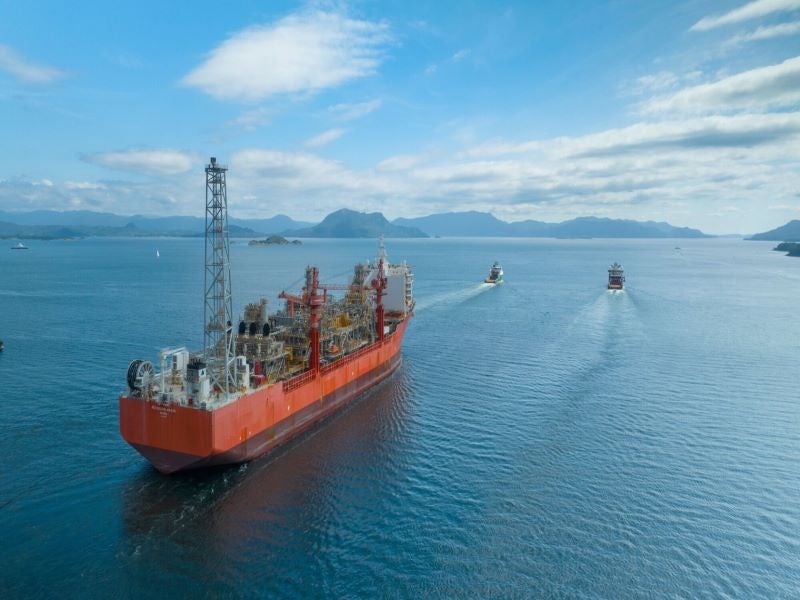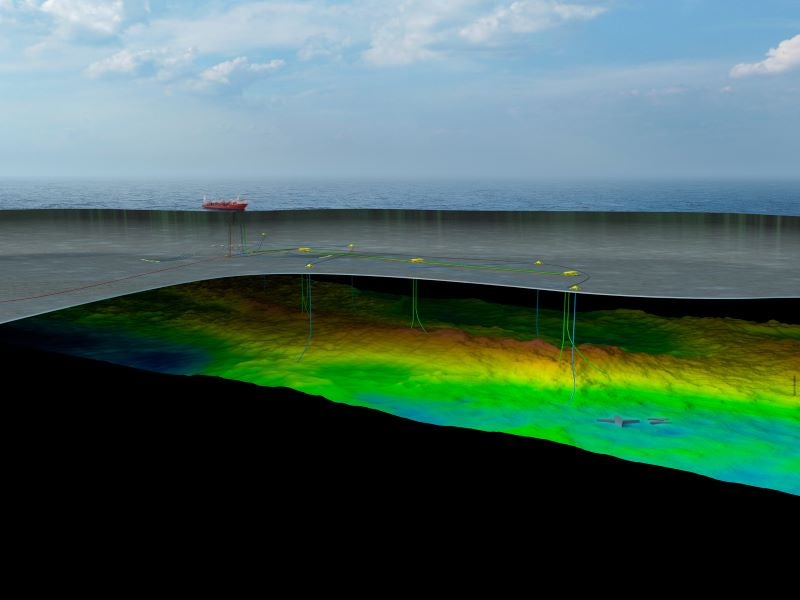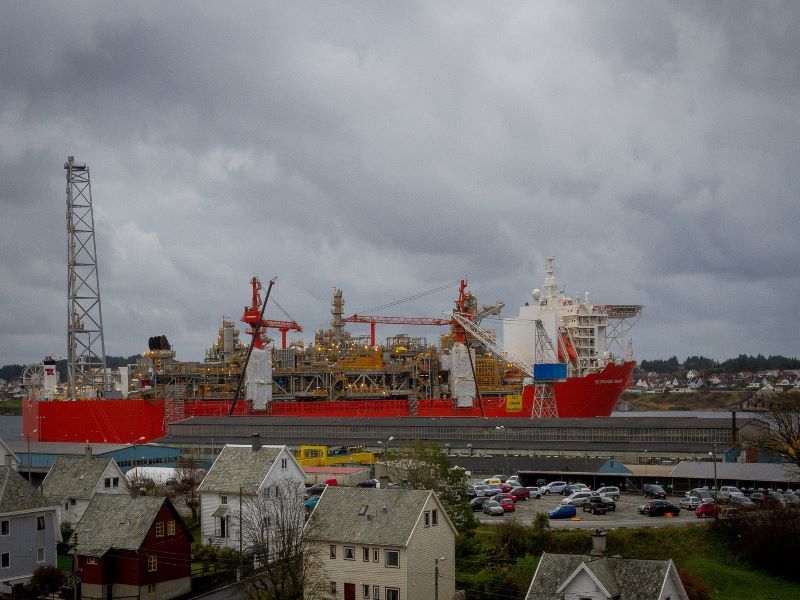The Rosebank oil and gas field is located off the coast of the Shetland Islands, in the UK. It is considered one of the biggest prospects in the UK Continental Shelf.
Equinor, an energy company, is the operator of the field with 80% interest, and Ithaca Energy, an independent exploration and production company, holds the remaining 20% interest in the field.
The field will be developed in two phases. The oil field received regulatory approvals from the North Sea Transition Authority in September 2023.
The final investment decision for the development of phase one, with an estimated investment of $3.8bn, was announced in the same month.
The production from phase one development is expected to commence in the fourth quarter (Q4) of 2026.
The field is expected to produce 69,000 barrels of oil (bopd) and 44 million cubic feet (mcf) of gas per day.
Project location
The Rosebank field is located in United Kingdom continental shelf blocks 213/26b and 213/27a block 205/1a and block 205/2a.
The water depth at the field is approximately 1,100m.
Rosebank field discovery
The field was discovered in December 2004 with the drilling of the 213/27-1Z well in the Faroe-Shetland Channel. The well was drilled by the West Navigator drillship.
It struck two oil and gas accumulations with a net pay of 169ft.
Chevron, the field’s previous operator, invested $327m to appraise the field in 2007. In July 2007, the field was successfully appraised with the drilling of the 205/1-1 well.
The well was drilled to a depth of 2,743m by the Transocean Rather drillship. It flowed at the rate of 6,000 barrels a day (bpd) and encountered 24m of 37 degrees API light oil. The well was part of a three-well appraisal programme undertaken for the area.
Geology and reserves
Rosebank reservoir is an intra and sub basalt four-way inversion structure. It is made of siliciclastic fluvial and shallow marine sandstones.
The total recoverable resource at Rosebank is estimated to be 300 million barrels of oil. Phase one of the project will target an estimated 245 million barrels of oil.
Rosebank field development details
The Rosebank oil and gas field development comprises the drilling of 12 subsea wells consisting of production and water injection wells, redeployment of floating production storage and offloading (FPSO), and new flowlines.
Phase one development will involve the drilling of four production wells and three water injection wells. Phase two development will include the drilling of three production wells and two water injection wells.
The wells will be connected by new flowlines to the Petrojarl Knarr FPSO, which will be deployed for nine years with an option to extend up to a total of 25 years.
Three subsea installations are expected to be carried out between 2024 to 2026. The drilling of the wells will commence in 2025, continuing to Q3 2026.
The FPSO is expected to arrive in the field in Q2 2026 to commence hook-up works of the risers and umbilicals followed by the final completion and commissioning.
Oil and gas transportation details
Produced oil will be offloaded from the Petrojarl Knarr FPSO onto shuttle tankers. The gas will be exported via a new gas export pipeline to the existing West of Shetland Pipeline systems to mainland Scotland.
The gas pipeline is set to extend in a south-easterly direction from the Rosebank field, covering a distance of 236km before it integrates with the SIRGE pipeline in the central North Sea.
The pipeline carries gas to the onshore St. Fergus gas terminal near Peterhead, Scotland, in the UK.
Petrojarl Knarr FPSO
The Petrojarl Knarr FPSO owned by Alterainfrastruture was built in 2014. It is currently undergoing an upgrade phase.
The FPSO has a production capacity of 63,000bopd and a gas handling capacity of 40mcf of gas per day.
It has a water injection capacity of 97,000bopd, produced water capacity of 84,000bpd, and a storage capacity of approximately 1.1 million barrels of crude oil.
Contracts awarded for Rosebank oil and gas field
TechnipFMC, an energy technology company, was contracted to provide engineering, procurement, construction, and installation services for the subsea production system of the project in September 2023.
Odfjell Drilling, a drilling contractor, was chosen to deliver its Deepsea Atlantic mobile drilling rig for the field in September 2023.
Altera Infrastructure, an energy infrastructure services provider, was awarded a bareboat charter contract along with an operations and maintenance contract for the Petrojarl Knarr FPSO in September 2023.
Aker Solutions, a provider of solutions for the energy industry, was selected by Altera Infrastructure to provide engineering, procurement, and construction services for the modification of the Petrojarl Knarr FPSO in January 2023.
Aker Solutions will perform the modification work in collaboration with Drydocks World-Dubai, a marine and offshore services provider.
The detailed design activities will be carried out in consortium of Citec Norway, ABB Norway, and OneSubsea Processing.
Seabird Exploration, a marine seismic data provider, carried out ocean bottom node surveys over the field in two stages in 2010 and 2011.
Metocean Services International carried out a deepwater current measurement programme for the field.
WorleyParsons, an engineering professional services company, carried out the preliminary-front-end engineering and design (pre-FEED) study for the FPSO.
In July 2012, it won the contract for the FEED study along with IntecSea, a deepwater engineering company.





